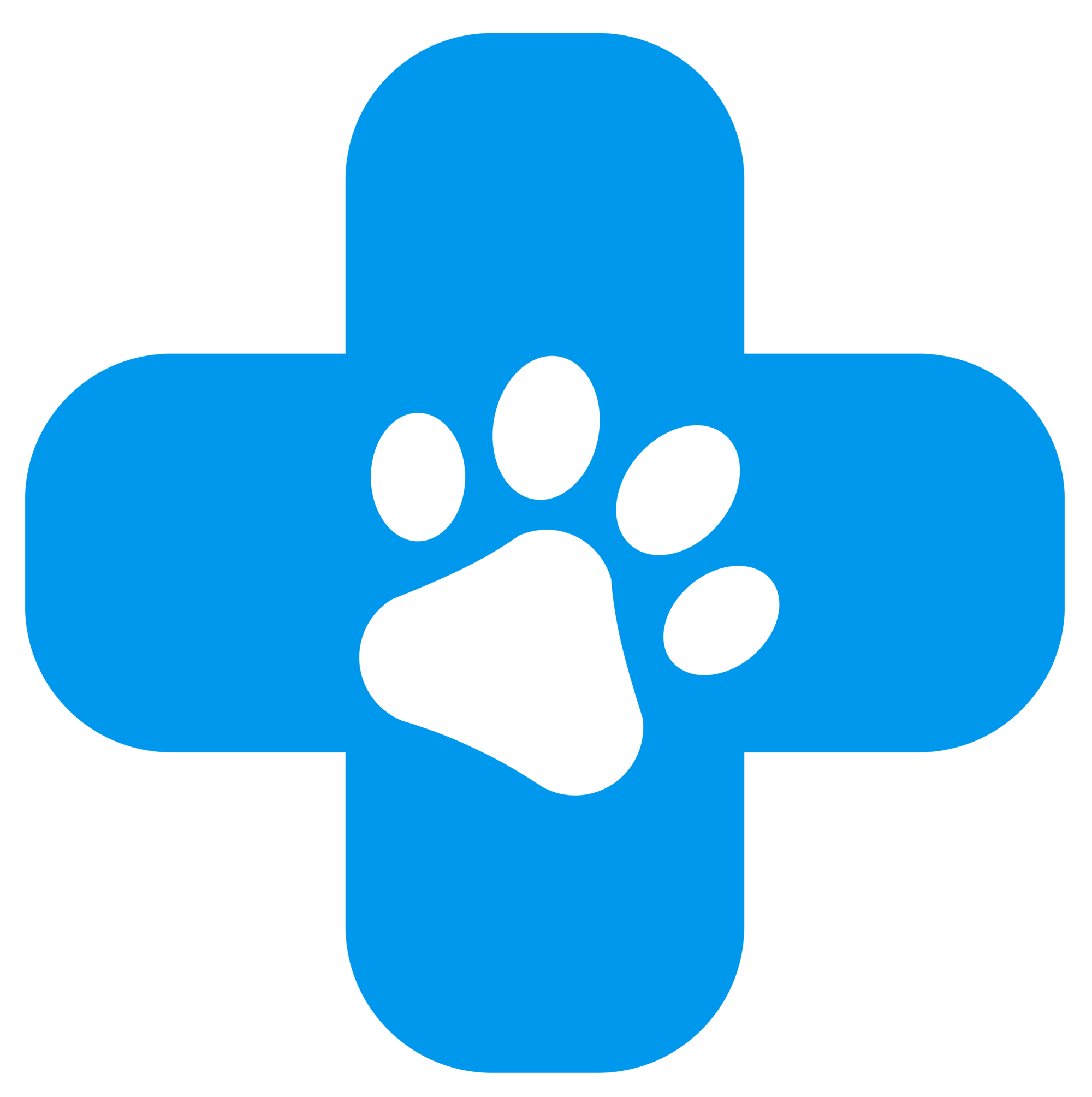Anal Gland Ablation Recovery Guide for Your Pet
Anal gland ablation surgery is a common and effective procedure for dogs with recurring anal gland issues. While the surgery is straightforward, ensuring your beloved pet’s smooth and comfortable recovery is important. This guide covers key aspects of anal gland ablation recovery, offering practical tips to help pet owners manage the post-operative period confidently.
Immediate Post-Op Care Instructions
The first 24-48 hours after surgery are critical. Create a calm, quiet environment where your dog can rest undisturbed. Provide a soft bed in a quiet room away from household activity. Restrict your pet’s movements to prevent injury—consider using a crate or gating off a safe area.
Monitor your dog’s vital signs, such as breathing rate, alertness, and overall comfort. Any noticeable changes, such as labored breathing or extreme lethargy, should be reported to your veterinarian promptly.
Incision Care and Monitoring
Inspect the incision site daily to check for redness, swelling, or discharge, which could indicate infection. Keep the area clean and dry, and prevent your dog from licking or biting at the site by using an e-collar or recovery suit. Maintaining hygiene is essential for a smooth anal gland removal recovery process, which should take about 2 to 3 weeks.
Pain Management and Medication
Pain relief and antibiotics are commonly prescribed during anal gland removal for dogs recovery. Administer medications exactly as instructed by your veterinarian. Stick to the schedule and observe your pet for any side effects, such as vomiting or diarrhea. If you notice any issues, contact your veterinarian immediately.
Monitoring and Managing Digestion and Elimination
Changes in bowel movements are normal during the initial recovery period. Monitor for alterations in frequency, consistency, or signs of straining. Providing a high-fiber diet can help ease digestion and prevent constipation, an important aspect of anus gland removal recovery.
If your dog shows signs of discomfort or difficulty during bowel movements, consult your veterinarian to ensure there are no complications.
Limiting Physical Activity
To support healing, limit your pet’s activity during the initial recovery time for anus gland removal. Use a leash for bathroom breaks and avoid allowing your dog to jump or run. Gradually reintroduce light activity after two weeks.
Signs of Complications
While recovery is usually smooth, it’s important to watch for signs of complications, such as vomiting, loss of appetite, or lethargy. These symptoms may result from anesthesia or the surgery itself, but if they persist and you are worried, contact your veterinarian promptly.
Preventing Future Anal Gland Issues
To avoid future problems:
- Schedule regular veterinary check-ups to monitor your dog’s digestive health.
- Provide a balanced, high-fiber diet to encourage healthy bowel movements.
- Stay vigilant for behaviors like scooting or excessive licking in the anal area, which may signal discomfort.
These preventive measures can reduce the likelihood of issues arising after your dog’s anus gland removal recovery period.
Follow-Up Care
Follow-up visits with your veterinarian are essential for tracking your dog’s progress. Use these appointments to discuss any observations or questions you have about your dog’s healing.
Conclusion
A supportive and attentive approach to your pet’s recovery ensures the best outcomes post-op anal gland ablation. Stay patient, monitor your pet closely, and don’t hesitate to contact your veterinarian if you have concerns or schedule an appointment to discuss your dog’s recovery.
